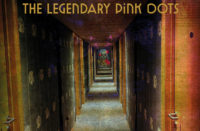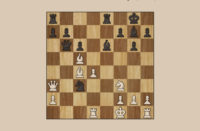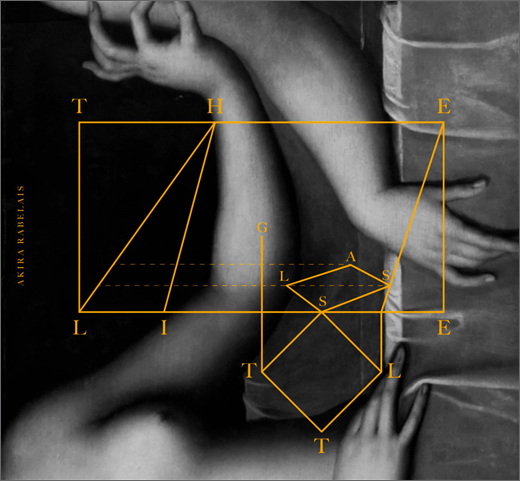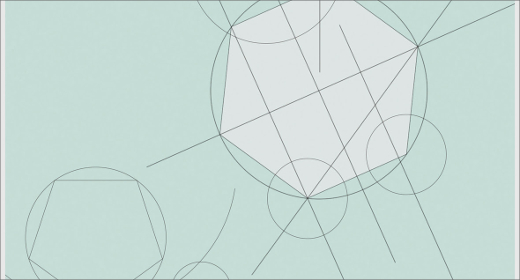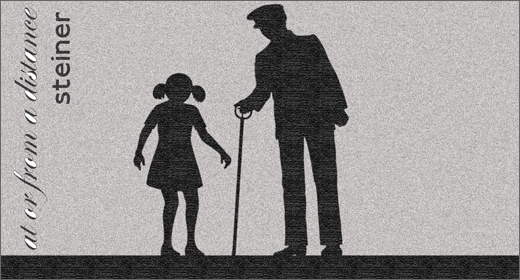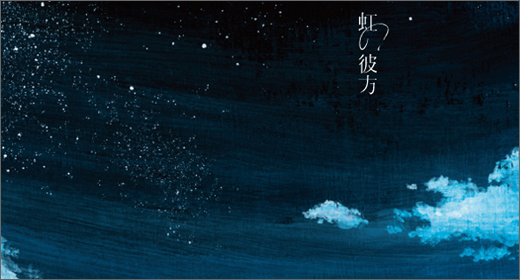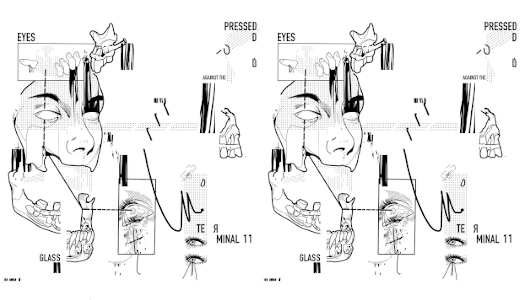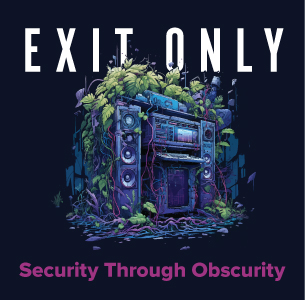A briny, seaweed-laden music box, the peal of a bell and its reverberation biting into its own tail, singing glasses, star bells and smoothly lurching starfish water vascular propulsion.
Akira Rabelais calls this “music for and of unfettered reflection,” but I can’t help fettering myself to the hermetic character of The Little Glass, a record encapsulated in its own secret and solution. Like the butterfly-in-being within the cocoon, the outside world has nothing to do with what is happening in there. You have to look elsewhere just to discover very basic information, like the fact that the piano is being played by none other than Harold Budd. Each track is simply identified by a lower-case Roman numeral. And the cover art is an assemblage of black and white photo details from one of history’s most famous anonymous works of art, “Portrait présumé de Gabrielle d’Estrées et de sa soeur la duchesse de Villars.”
The first disc comprises four solo pieces by Budd, which Rabelais apparently just “retuned” a bit, and the second is a full, ultraviolet remix of disc one. As such, it begs immediate comparison with their stunning collaboration Avalon Sutra (fortunately misreported as Budd´s farewell to music), fourteen short pieces of Budd’s typically sparse but planet-sized piano chords, occasionally accompanied by woodwinds and a small string ensemble. The second disc featured Rabelais’ stunning rubbed abstraction of Budd’s final track, “As Long As I Can Hold My Breath” (which turns out to be just under seventy minutes), a beguiling ambient hallmark (alongside his own, incomparable Spellewauerynsherde).
First, only a tiny dram, nineteen seconds long, is decanted into The Little Glass, followed by the forty-two minute “ii,” notes typically so warm they make you shudder, where dying chords and long, deliberate silences play such a big role, newly empty places suddenly manifesting open gates and doors. In comparison, “iii” is much bolder, ever tumbling, while “iv” assumes a regal, confident air, owning the room, an alpha male and female discourse.
Apprehending The Little Glass as Avalon Sutra’s latter day twin makes even more sense as the second disc is not only exactly the same length as “As Long As I Can Hold My Breath,” but could well have been constructed using the same software (as stated, no notes to confirm this), Rabelais’ own Argeïphontes Lyre, programmed to work chance manipulations on “morphologies and distorted sound.” He contends that writing software is just like composing poetry and the result is indeed lyrical, but also painterly.
A fleet of ice cream truck bells play, sliding along trembling air that is curved into different shapes, from a playground slide to a Möbius strip. Non-repetitive repetition that so deeply submerges the listener, it takes a while for the rather radical transformations occurring to be recognized. It’s a briny, seaweed-laden music box, the peal of a bell and its reverberation biting into its own tail, singing glasses, star bells and smoothly lurching starfish water vascular propulsion. After Akira Rabelais has beautifully and sensitively recorded Budd alone, he goes on to flush out magical duration equations in each note.
The Little Glass is available on Bandcamp.







